Prune Dwarf Virus Info: Tips On Controlling Prune Dwarf Disease


Stone fruit grown in the home garden always seem to taste the sweetest because of the love and care we put into growing them. Unfortunately, these fruit trees can fall victim to several diseases that can significantly affect the crop. One serious viral disease is prune dwarf virus. Read on to learn more about prune dwarf virus of stone fruit.
Prune Dwarf Virus Info
Prune dwarf virus is a systemic viral infection. It is most prevalent in cherries, plums, and other stone fruits. Also known as sour cherry yellows, prune dwarf virus is spread by pruning with infected tools, budding, and grafting. Infected trees can also produce infected seed. Prune dwarf virus symptoms initially start with a yellow mottling of the leaves. After this, the leaves will suddenly drop. New leaves may regrow, but they soon become mottled and drop as well. In older trees, the leaves may form narrow and long, like willow foliage. If any fruit is produced on infected trees, it usually grows only on the outer branches of the canopy. When defoliation occurs, the fruit become very susceptible to sunscald. Prune dwarf virus symptoms can appear on just part of the tree or the whole tree. However, once infected, the entire tree is infected and diseased tissue cannot simply be pruned out.
How to Stop Prune Dwarf Virus
The best method of controlling prune dwarf disease is prevention. Whenever pruning, sanitize your tools between each cut. If you do any grafting or budding of cherry trees, use only certified disease-free plant stock. It is also a good idea not to plant new trees near any orchards with older, possibly infected stone fruit trees. Trees are more susceptible to contracting this disease naturally once they are mature enough to produce blooms and set fruit. Once a tree is infected, there are no chemical treatments or cures for prune dwarf virus. Infected trees should be removed and destroyed immediately to prevent further spread of this disease.
Gardening tips, videos, info and more delivered right to your inbox!
Sign up for the Gardening Know How newsletter today and receive a free copy of our e-book "How to Grow Delicious Tomatoes".
-
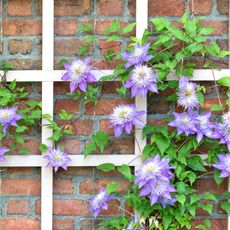 5 Fabulous Fast-Growing Vines – That Will Quickly Climb Any Arbor, Trellis, Or Fence
5 Fabulous Fast-Growing Vines – That Will Quickly Climb Any Arbor, Trellis, Or FenceThese fast growing vines are perfect for covering any eyesores in your yard or creating a living fence. They will provide great visual interest, as well.
By Amy Grant
-
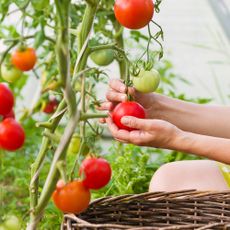 Best Indeterminate Tomatoes: Flavor-Packed Varieties For Fresh Harvests All Summer Long
Best Indeterminate Tomatoes: Flavor-Packed Varieties For Fresh Harvests All Summer LongIndeterminate tomatoes are vining varieties that fruit all season. Discover their distinctive features and how to choose the best type to grow in your garden.
By Bonnie L. Grant
-
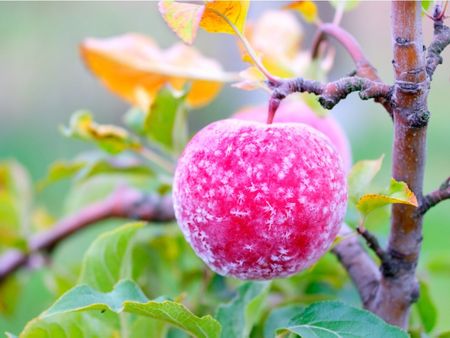 How To Protect Fruit Trees From Frost And Freeze
How To Protect Fruit Trees From Frost And FreezeChoosing fruit trees appropriate for your growing zone is best, but you still may need to protect them from extreme cold. Read how.
By Bonnie L. Grant
-
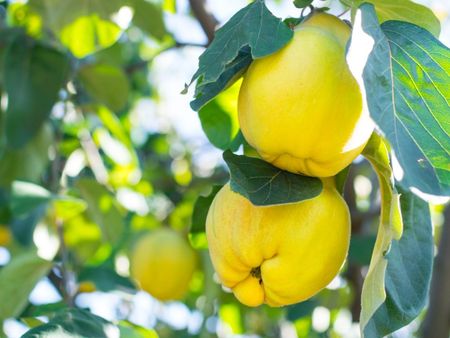 Best Plants For Late Summer and Fall Fruit Harvest
Best Plants For Late Summer and Fall Fruit HarvestEven if you don’t have the optimal conditions for more common fruit trees, there are other end of summer fruits to enjoy.
By Teo Spengler
-
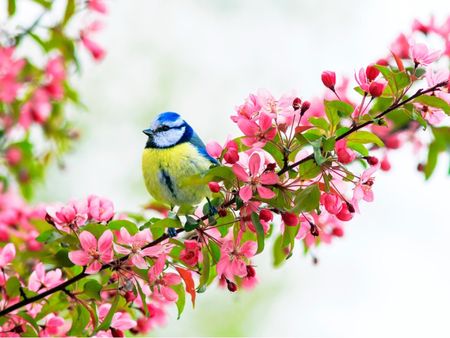 Best Native Fruit Trees To Support Wildlife
Best Native Fruit Trees To Support WildlifeIf you want trees that will attract and feed wildlife, learn the best kinds of edible fruit and nut trees to plant for inviting specific creatures.
By Teo Spengler
-
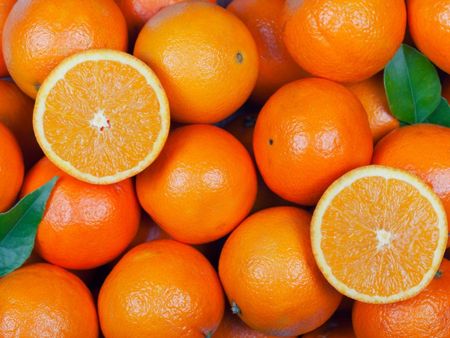 Orange Fruit Varieties: Growing Fruits That Are Orange
Orange Fruit Varieties: Growing Fruits That Are OrangeOrange colored fruit isn’t limited to the citrus orange. There are plenty of other orange colored fruit varieties, each packing a healthful punch. Read on for more.
By Amy Grant
-
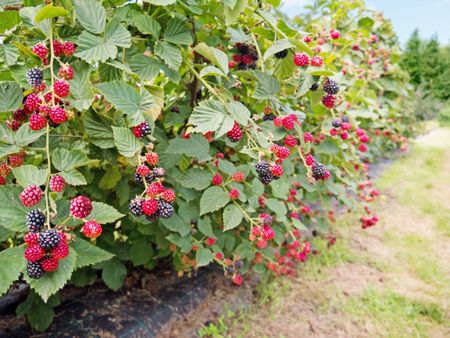 Everbearing Plants: Learn About Everbearing Varieties Of Fruit
Everbearing Plants: Learn About Everbearing Varieties Of FruitWhat does everbearing mean? And more importantly, how do everbearing varieties differ from non-everbearing types? Read on for more.
By Laura Miller
-
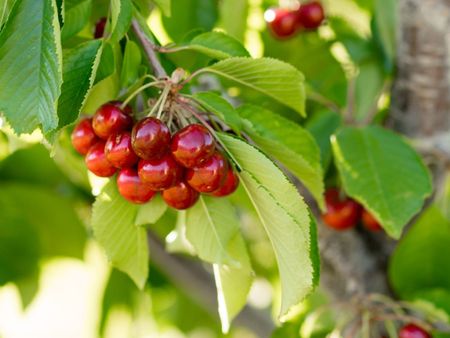 Plant A Red Fruit Garden: Growing Fruits With Red Flesh
Plant A Red Fruit Garden: Growing Fruits With Red FleshPlanting a red fruit garden may seem a bit whimsical. That is, until you realize the health benefits of consuming fruits with red flesh.
By Laura Miller
-
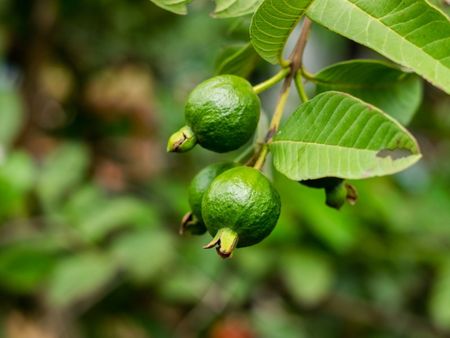 Heat Tolerant Fruits - Growing Fruit In Hot Weather
Heat Tolerant Fruits - Growing Fruit In Hot WeatherSome fruit grows in extreme heat naturally. But there are also specially cultivated, heat-tolerant varieties. For more information on heat tolerant fruits, read on.
By Teo Spengler
-
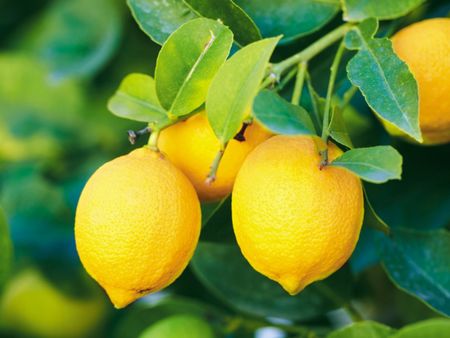 Yellow Fruit Varieties - Growing Fruit That Is Yellow
Yellow Fruit Varieties - Growing Fruit That Is YellowWhat fruit is yellow? There's more than the bananas at the supermarket. Try growing yellow fruit for a consistent supply of sunny food.
By Bonnie L. Grant
